
|
ECGbook.com Making Medical Education Free for All |
Upload ECG for Interpretation |

|
ECGbook.com Making Medical Education Free for All |
Upload ECG for Interpretation |
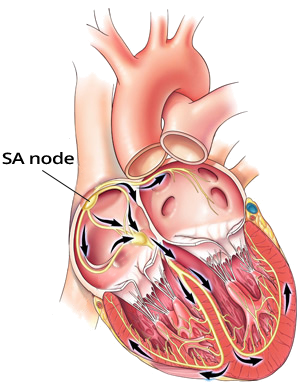



Respiratory Sinus Arrhythmia

Non-Respiratory Sinus Arrhythmia

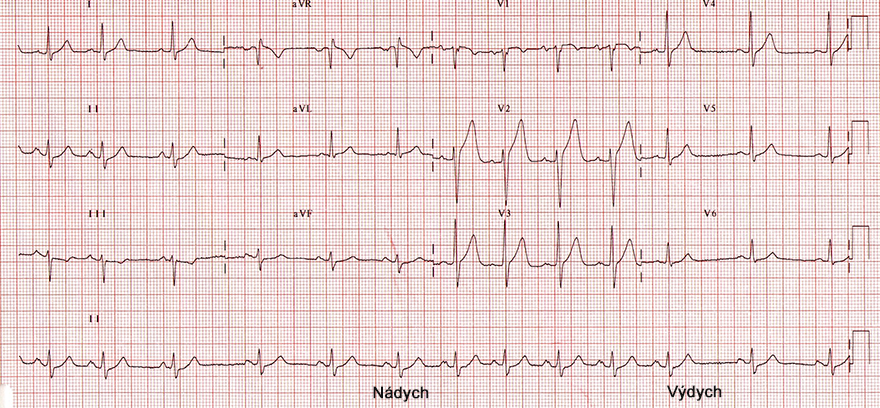
Respiratory Sinus Arrhythmia

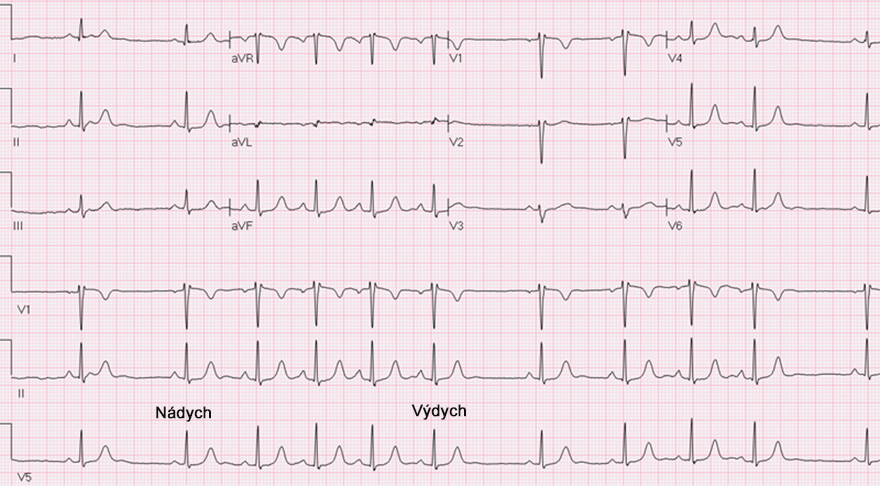
Respiratory Sinus Arrhythmia
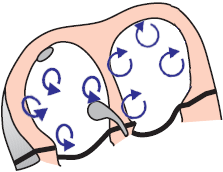
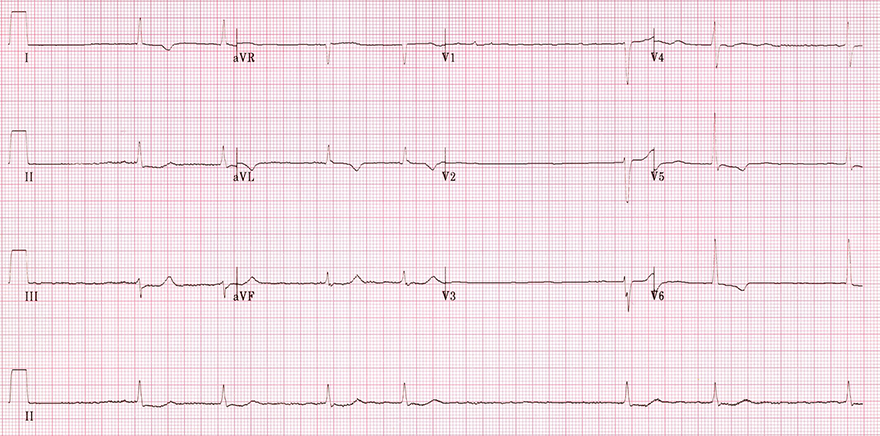
Atrial Fibrillation
Sources
Sinoatrial Node
|

|
Nervus Vagus and Sinus Rhythm
|

|
ECG and Respiratory Sinus Arrhythmia
|

|

Respiratory Sinus Arrhythmia

Non-Respiratory Sinus Arrhythmia

|
Respiratory Sinus Arrhythmia
|

|

|
Respiratory Sinus Arrhythmia
|

|

|
Atrial Fibrillation
|

|
Sources